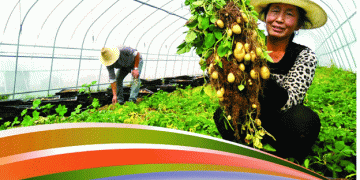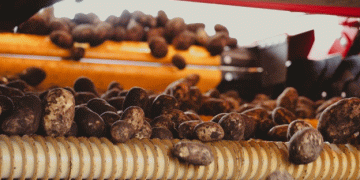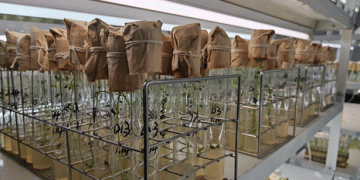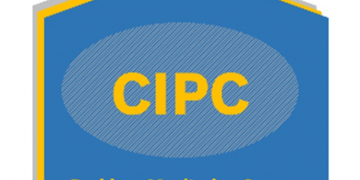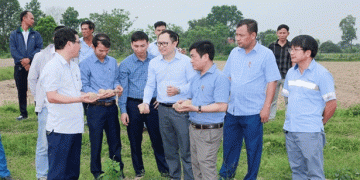“The damage of Alternaria in potatoes is – certainly in recent years – greater than that of Phytophthora. Most growers have a strong focus on Phytophthora. But the consequences of Alternaria are still underestimated.” That’s what Jan-Willem Scherpenisse, arable advisor at Van Iperen, says. According to him, early control – preferably before flowering – is essential to keep the disease under control. This year it is possible for the first time with the drug Propulse.
,,Alternaria starts with some small spots in the leaf. That always seems a bit harmless, especially when you compare it with the large Phytophthora spots. But in the end, Alternaria can swirl through the crop at least as quickly and devastatingly as Phytophthora. You can then intervene with Phytophthora after an infection. At Alternaria you are already too late and you can only watch as the crop continues to die. As a result, not only does production get a big blow, but MH spraying can also be much less effective because it requires a healthy and vital crop.
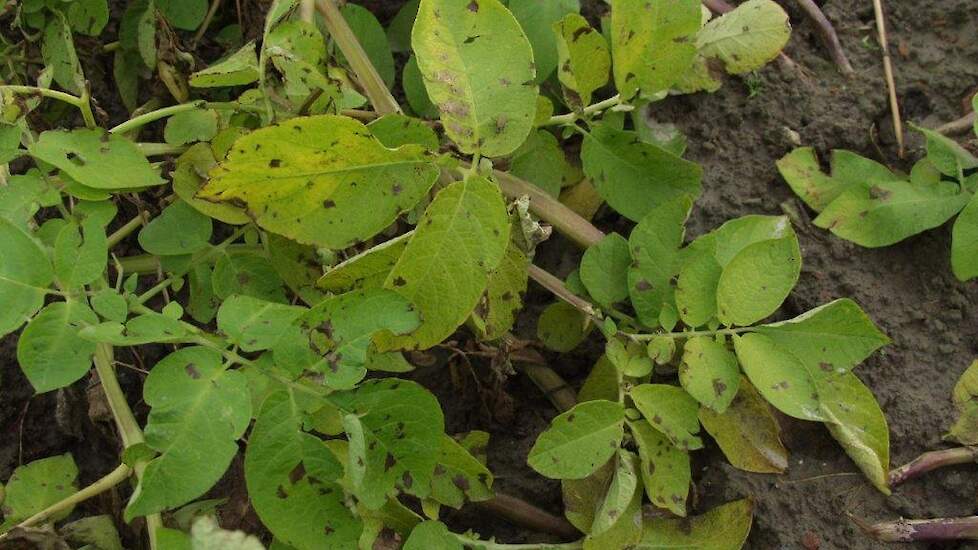
All in all, the consequences of Alternaria are often greater than you initially expected.” Jan-Willem Scherpenisse explains in a few sentences why Alternaria is such a vicious disease in practice. As far as he is concerned, the disease should be taken a little more seriously. “Growers still too often think that damage from those spots will not be too bad. Until they see their crop deteriorate further later in the season. In that respect, problems really is a silent killer.”
Mancozeb and Difenoconazole
Ten years ago, Alternaria was still a disease that really only caused problems in southern parts of Europe. In the Netherlands, the damage was mostly limited, especially because many mancozeb-like products and Strobilurins were used against Phytophthora at the time. At the same time, Alternaria was also kept sufficiently under control with these means. ,,But about five years ago, we suddenly had to deal with greater damage, especially in the very sensitive variety Bintje. Research showed that a strain of Alternaria solani had become less sensitive to agents from the group of strobilurins and that in a particular strain of Alternaria alternataeven complete resistance was found.
Deploying these resources around the time of flowering – which was common at the time – therefore no longer made sense. Fortunately, with products based on difenoconazole (including Narita®), we got another good weapon in our hands to combat Alternaria. Together with mancozeb – which has been used more widely in recent years to add manganese to the crop – we have been able to keep Alternaria reasonably under control”, the consultant reflects.
‘Propulse comes at the right time’
However, with mancozeb disappearing from the scene next season and the enforceability of the substance difenoconazole increasingly becoming a ‘discussion point’, Alternaria threatens to become a problem again. Moreover, the climate in the Netherlands also seems to be becoming somewhat ‘southern’, so that the disease can thrive in any case.
Scherpenisse is therefore pleased that the product Propulse has recently been authorized against Alternaria in potatoes. ,,Propulse comes at just the right time in that regard. Because with the disappearance of mancozeb, the rinse becomes very thin,” he says.
This season, the advisor wants to introduce Propulse to the growers as widely as possible. He also recommends applying the product about 8 weeks after emergence, just before flowering, and then alternating it with Narita®. ,, You spray Propulse preventively, so well before Alternaria is visible. That may feel a bit ‘premature’ for growers, but it is essential to keep the disease out of the crop. Furthermore, it is important not to allow the interval to become too large, that is to say: no more than 14 days. And also important: keep spraying long enough, especially if the crop has to remain green until well into September.”

Botrytis and Sclerotinia
Scherpenisse advises growers to do a ‘trial run’ with Propulse this year, “because from next season the product will irrevocably play an important role in potato cultivation.” Finally, the advisor also points out the side effect of Propulse on Botrytis and Sclerotinia. “In this way, the product actually tackles all important fungi – except Phytophthora – and the crop remains greener and more vital.”
Narita® is a registered trademark of Globachem
This article was previously published in the Akkerbouw Courier 2021-3. Read the full issue on agro.bayer.nl


